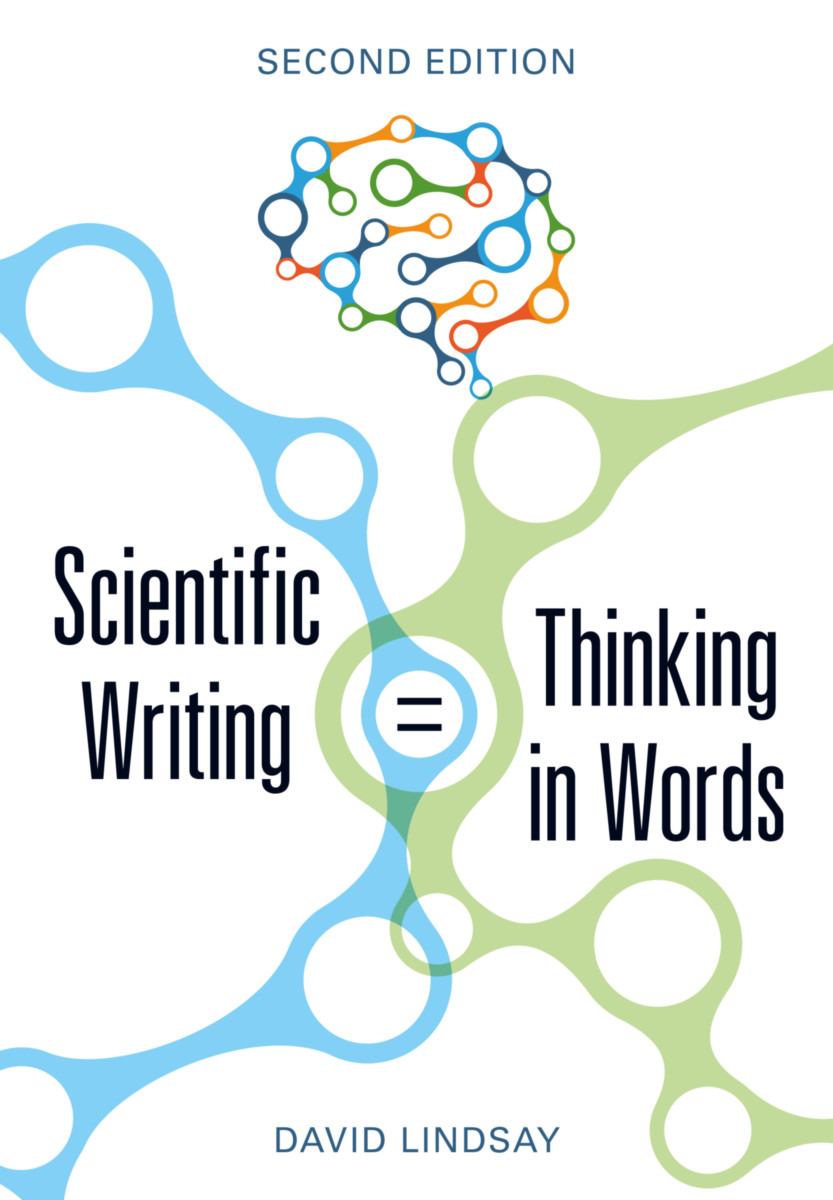EXCELLENCE IN SCIENCE PUBLISHING
Scientific Writing = Thinking in Words Edition 2
- Publisher
CSIRO Publishing - Published
29th April 2020 - ISBN 9781486311477
- Language English
- Pages 180 pp.
- Size 6" x 9"
- Images Illus
Telling people about research is just as important as doing it. But many competent researchers are wary of scientific writing, despite its importance for sharpening scientific thinking, advancing their career, obtaining funding for their work and growing the prestige of their institution.
This second edition of David Lindsay’s popular book Scientific Writing = Thinking in Words presents a way of thinking about writing that builds on the way good scientists think about research. The simple principles in this book will help you to clarify the objectives of your work and present your results with impact. Fully updated throughout, with practical examples of good and bad writing, an expanded chapter on writing for non-scientists and a new chapter on writing grant applications, this book makes communicating research easier and encourages researchers to write confidently.
It is an ideal reference for researchers preparing journal articles, posters, conference presentations, reviews and popular articles; for students preparing theses; and for researchers whose first language is not English.
- Makes it easy to understand what goes where in scientific publications and, equally importantly, why
- Reinforces principles with examples of good and bad writing
- Addresses new issues for publishing, including open access and predatory journals
- Emphasizes writing effectively in other media that scientists must use, including conference papers, posters, theses, reviews, popular articles and grant applications
- Explains the principles behind writing and how it affects readers rather than proposing recipes for good writing
"Scientific Writing = Thinking in Words appears in its second updated edition to expand the basic principles about writing and scientific research that will help scientists impart the basics of their work. Examples of good and bad writing, a expanded chapter for non-scientists interested in science writing, and a new chapter on tackling grant applications add to the powerful focus of a book that will appeal to a research community traditionally leery of putting their findings and results in writing for maximum impact and attention. Whether the reader is preparing a journal article, advertisement, or for a presentation, or even if they are just science students producing papers, Scientific Writing = Thinking in Words is a powerful key to success and offers many examples and strategies for more effective communications."
- Midwest Book Review
Preface to first edition
Preface to second edition
SECTION 1: Thinking about your writing
1: A matter of attitude
2: The fundamentals of building the scientific article
SECTION 2: Writing about your thinking
3: The Title
4: The Introduction
5: The Materials and Methods
6: The Results
7: The Discussion
8: The Summary or Abstract
9: The other bits
SECTION 3: Editing for readability and style
10: Eliminating verbal stumbling blocks
11: Improving readability
12: Submitting and revising
SECTION 4: Thinking and writing beyond the scientific article
13: Oral presentations
14: Posters
15: Literature reviews
16: Theses
17: Articles for non-scientists
18: Grant proposals
Index
David Lindsay
David Lindsay was a researcher and teacher in animal biology and behavior at the University of Western Australia for 33 years. He initiated formal studies in writing for undergraduate and postgraduate students. Now retired from active research, he teaches scientific writing to scientists all over the world.


